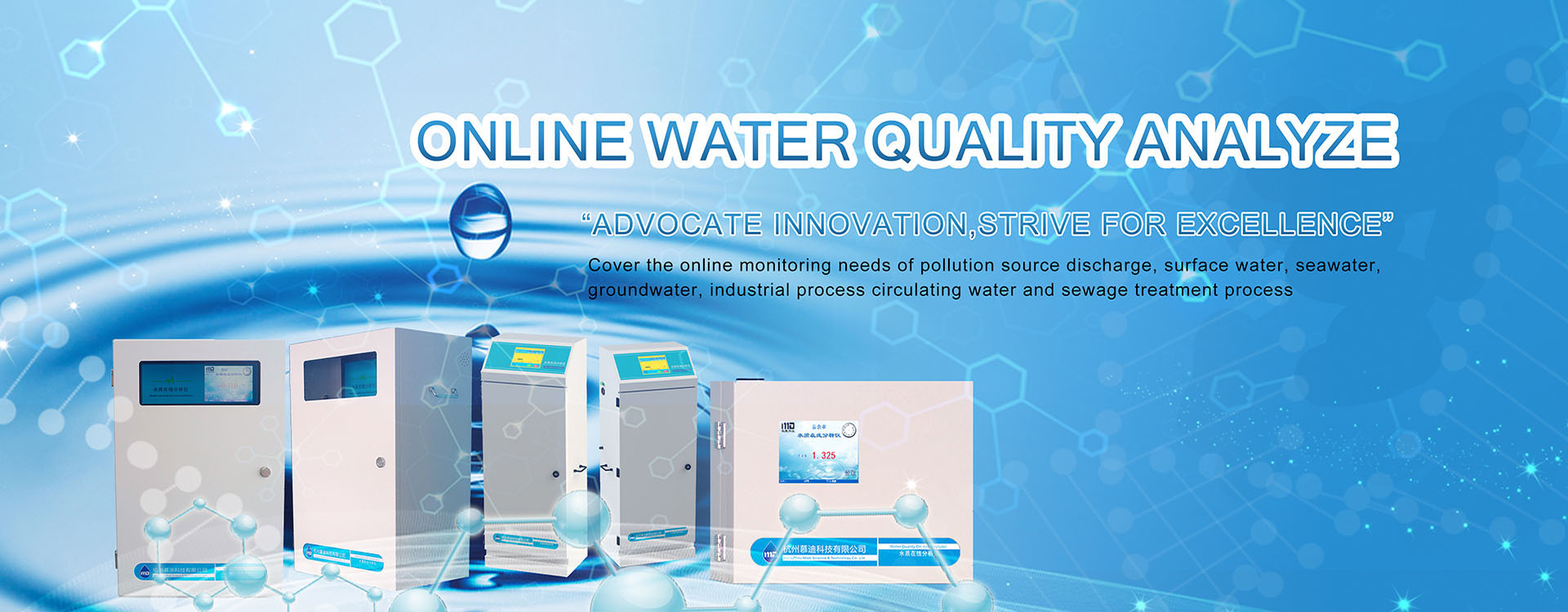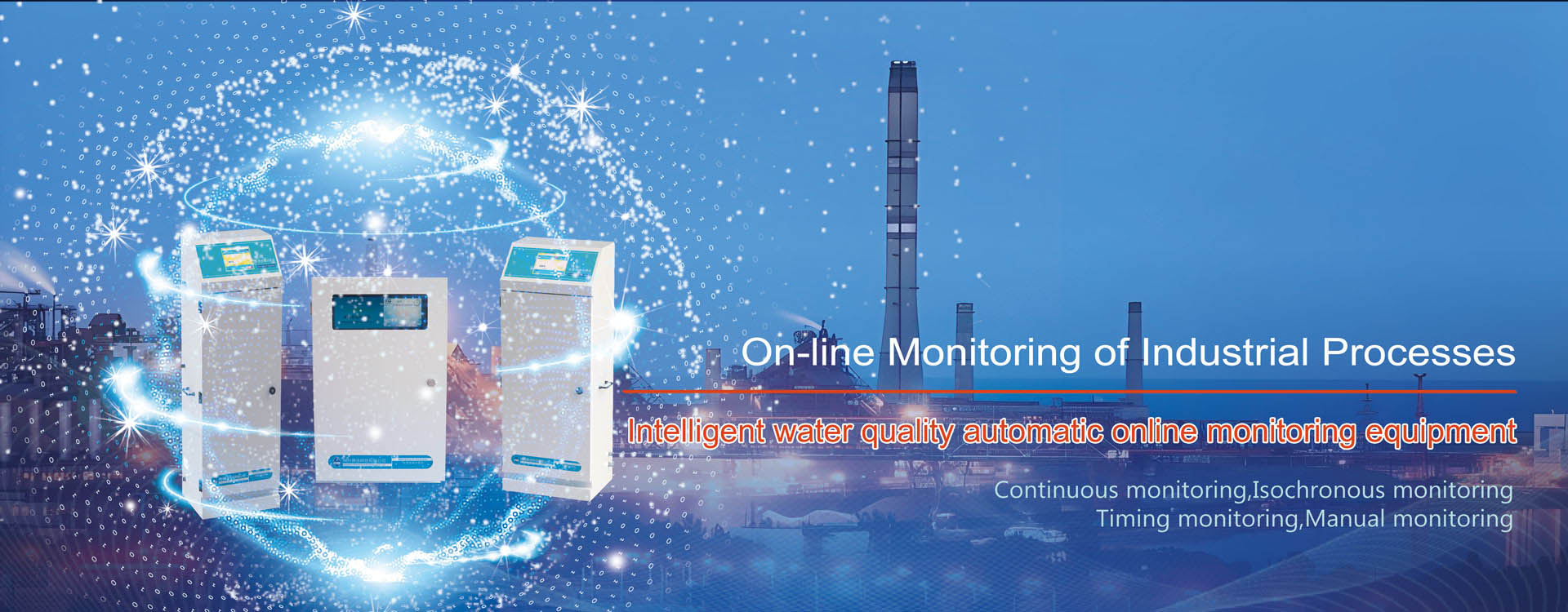When it comes to medical wastewater, its sources and components are rather complex, including protomicroorganisms, harmful chemical pollutants and radioactive pollution, etc. It has the characteristics of spatial pollution, acute infection and its own latent infection. So, what are the routine testing items for online monitoring of medical wastewater? Here are seven projects briefly introduced to you all!
1.PH value refers to the ratio of the total number of hydrogen ions to the total amount of substance in a solution. A higher PH indicates stronger alkalinity. If the PH is too low, the acidity is strong.
2.Suspended solids refer to solid substances suspended in water, including inorganic and organic substances that are insoluble in water, as well as sand, clay, microorganisms, etc. (It is one of the indicators for measuring the degree of water pollution);
3.Chemical Oxygen Demand (COD) measures the amount of reductive substances in a water sample that need to be oxidized by chemical methods. The oxygen equivalent of substances in wastewater, effluent from wastewater treatment plants and polluted water that can be oxidized by strong oxidants; The COD online analyzercan be used to monitor the content of chemical oxygen demand in water.
4.Ammonia nitrogen, the nitrogen existing in water in the form of free ammonia (NH3) and ammonium ions (NH4). The nitrogen content of animal organic matter is generally higher than that of plant organic matter. Meanwhile, the nitrogen-containing organic matter in human and animal feces is very unstable and is prone to decompose into ammonia. The ammonia nitrogen online monitoris used to detect the ammonia nitrogen content in water.
5.Total phosphorus, the result determined after the water sample is digested to convert various forms of phosphorus into orthophosphate, is measured in milligrams of phosphorus per liter of water sample.
6.Coliform bacteria are a group of intestinal bacteria that grow in the intestines of humans and warm-blooded animals. They are excreted with feces and account for more than one-third of the dry weight of feces, hence the name coliform bacteria. The WECT-900 online analyzer for coliform bacteria in water is used to detect the content of coliform bacteria in water in real time to determine whether the coliform bacteria in water exceed the standard.
Total residual chlorine refers to the available chlorine remaining in water after it has been disinfected by adding chlorine and has been in contact for a certain period of time. If the water contains residual chlorine, it can irritate the eyes, nose, throat and upper respiratory tract, etc. It can cause acute pulmonary edema. When the concentration is high, it can paralyze the nerves in the middle respiratory region. The online total residual chlorine analyzer is mainly used to monitor the content of total residual chlorine in water.




